Join Me @ Daytime 2023 in Australia!
OK - I know it’s a LONG flight, but come on down and attend this incredible day of professional development hosted and sponsored by one of my all-time favorite companies - MusicEdNet. Can’t make it in person? That’s cool - you can attend virtually (just like me)! :)
MusicEDNet is an amazing company based in Adelaide, Australia that is the go-to music technology solution provider, integrator and reseller in all of Australia and New Zealand. It is headed up by Managing Director Keith Huxtable, Warrick Dowdy and David Dowling. MusicFirst has been a very proud partner since 2013 and all of the MusicFirst solutions are available exclusively through them in ANZ.

Resource: Wayne Splettstoezer’s Music Department Website
Yes it’s a mouthful, but WOW - if you teach music technology, you need to bookmark this site right now and dive into the HUGE wealth of resources that Wayne has made available to anyone - free of charge. Wayne is a music teacher at Torrington High School in Connecticut where he teaches band and music technology. He was the recipient of the 2009 Mike Kovins TI:ME Teacher of the Year award and his school district regularly wins the NAMM Best Communities for Music Education Award. I saw Wayne recently at the 2023 Connecticut Music Technology Day, sponsored by MusicFirst and Focusrite, and attended one of his sessions that he presented there. I was reminded just how wonderful of an educator Wayne is, and how generous his music department website is - sharing his entire music technology curriculum with music educators around the world. For free.

Resource: Teaching Beatboxing with BZZKTT
The MusicFirst Classroom recently added an amazing course to their Content Library called BZZKTT. This course provides teachers and their students with the essential building blocks for learning how to beatbox.

YouTube Resources: May the Fourth Be With You!
I am a HUGE Star Wars fan. Tomorrow is May the 4th, and millions of Star Wars fans just like me celebrate the unofficial Star Wars holiday called May the Fourth - aka Star Wars Day. Very nerdy, yes, but it IS fun. Because this classic series of movies has some of the most well known movie music ever composed, by the one and only John Williams, music teachers around the world also celebrate May the Fourth by bringing this music into their classrooms.
In an effort to help you find something that is just right for your students and your teaching style, I have put together a playlist of over 25 YouTube videos that should help you find something perfect for you class. This playlist includes Listening Maps, Boomwhacker videos, behind the scenes videos, performances, composer tips and tricks, and more. I hope you enjoy it!

PracticeFirst hits MAJOR milestone: 25,000 Interactive Scores
PracticeFirst (powered by Match My Sound), available exclusively through MusicFirst, is an incredible performance assessment tool that provides the most detailed and nuanced feedback to students who are learning to sing or play an instrument. For many years the only criticism that we have faced, especially from our main competitor, is that we don’t have that much content. Well, that is no longer the case. In fact, we now have over 25,000 interactive titles, representing some of the very best content available from a broad coalition of music publishers who specialize in music for schools. And that number is growing every single day.

Celebrate Asian American Native Hawaiian and Pacific Islander Heritage Month
To help celebrate Asian American Native Hawaiian and Pacific Islander Heritage Month, I am posting a wonderful lesson plan from the MusicFirst Classroom General Music Library. It is based on a presentation by Pingyi Song, D.M.A. presented at ACDA 2023. The content is used with her permission.
Objective: Students will be able to name several Asian female composers and characterize their compositions. Students will respond to representative works by several Asian female composers after listening.

Connecticut Music Technology Day 2023 Recap
Yesterday I had the absolute pleasure of presenting a few sessions on behalf of MusicFirst at the first ever Connecticut Music Technology Day 2023 held at the Bristol Arts & Innovation Magnet School in Bristol, CT. The event was co-sponsored by Focusrite. I was joined by 3 wonderful presenters and dear friends, Barbara Freedman, Amy Burns, and Wayne Splettstoezer as well as Jason Panucci and Walt Straiton from MusicFirst. I also had the distinct pleasure of seeing two of my dearest friends, Dr. Lee Whitmore and Stefani Langol. It was a great day.
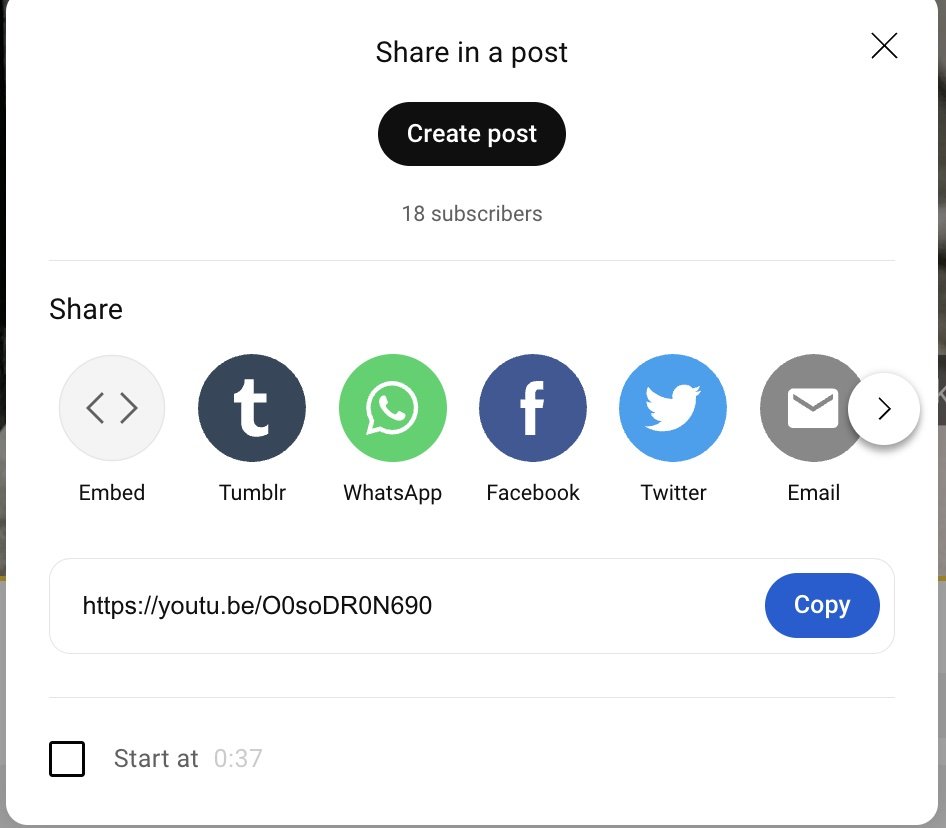
Tip: Downloading YouTube Videos
Let me start this post off by saying one thing very clearly - there is only ONE way to legally download YouTube videos from YouTube without infringing on copyright - YouTube Premium. ANY other means of downloading a YouTube video not only violates the YouTube Terms of Service - it is also an infringement of the video owner copyrights. That said, if you search “How to download YouTube videos” you will find millions of results. One interesting thing to keep in mind though - Google owns YouTube. When you Google how to download videos from YouTube - don’t you think Google might know your account information and your search history? Just saying.

Using the Transcript feature in Soundtrap
I train a lot of teachers. I mean a LOT. When you do a lot of trainings you tend to get a sense of what features are really impressive to teachers when you demonstrate them. In the past 4 months, the ONE feature that I know will blow teachers away when I show it is the Transcripts feature in Soundtrap for Education. Every single time I show it I can hear a collective gasp, multiple people whispering Oh My God, and the universal sign for “mind blown”. It really is that cool.

Which keyboard is right for you?
One of the most important peripheral music creation tools is a keyboard. There are two broad categories of keyboards: instruments and controllers. Instruments are usually meant to be used in live performance situations, and controllers are intended for studio settings with software - essential add-ons for digital audio workstations and notation software programs. Whether or not you are a trained pianist, USB keyboards make note entry easier and faster. In educational settings, especially when students are the ones actually using the devices, music educators have LOTS of options at LOTS of different price points and feature sets. The purpose of this post is to help you make the best decision for your individual pedagogical needs.

Tool: Music Speed Changer
If you do anything with music on your computer, download Music Speed Changer now. This incredible FREE app and Chrome extension is a must have add-on. It allows you to change the speed and pitch of your for audio files on your device - ANY audio that it either stored locally, or in a Chrome browser tab. Music Speed Changer allows you to change the tempo of the music (in real time) without affecting the pitch, and to change the pitch of any audio without changing the speed. You can also loop any segment of audio. This app is perfect for practicing your instrument, manipulating audio for projects, slowing down that really hard lick so that you can .learn it - or even speeding up an audio or video of a lecture so that you can listen to it faster. It is one of those tools that you don’t realize just how useful it can be until you start using it.

Introducing MyPracticeFirst
And the good news continues! I am THRILLED to introduce a new offering for individual music students - both young and old - who would like to use the power of the incredible MatchMySound® assessment algorithm to help them learn an instrument. Introducing MyPracticeFirst.

Introducing MusicFirst Elementary
After 4 years of work, thousands of pages of lessons plans and activities, and the tireless work of an amazing team of teachers and developers from Charanga Music, I am so very proud to introduce you to a truly revolutionary music curriculum for Grades K-5 - MusicFirst Elementary, powered by Charanga. Unlike other wonderful resources that are targeted to the elementary music teacher, this is the first complete K-5 music curriculum to hit the market in the last decade, and it is truly spectacular. The following provides an overview of what the curriculum includes, and most importantly, how you can preview it for yourself.
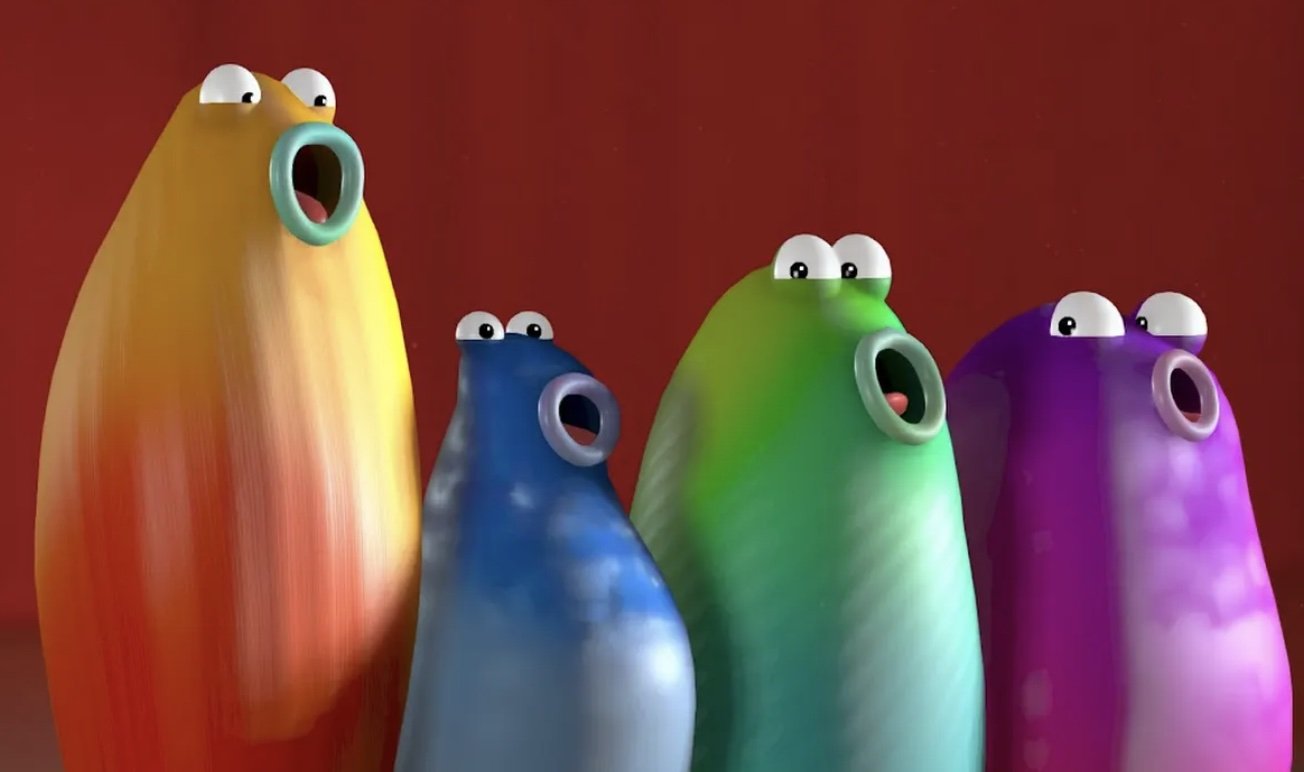
Tool: Blob Opera
OK. This is a FUN tool! If you haven’t already seen it, Blob Opera is a Google Experiment that has four blobs that sing - and you can control them! Created by developer David Li, Blob Opera is guaranteed to put a smile on your and your students faces and actually has some pretty cool functionality that make it a great tool for teaching music.
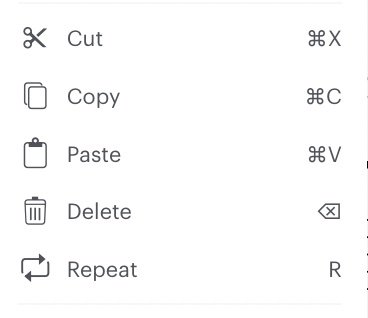
Tip: Keyboard Shortcuts are your friend!
Whenever I teach people how to use ANY software program, I always try to start from the very beginning with using keyboard shortcuts. Many keyboard shortcuts are universal across various types of software. Some software titles even let you customize your own keyboard shortcuts. Knowing even a handful of them can make your experience using the software much easier and faster once you learn them and use them. The purpose of this post is to help you learn these keyboard shortcuts and how to find them.
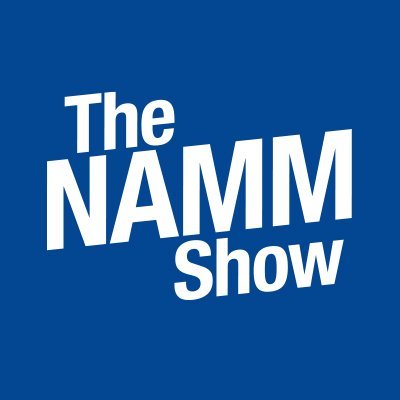
NAMM 2023 - Let’s Go!
If you’ve never been to the NAMM Show out here in Anaheim, CA, you should definitely try to get to it at some point in your career. For those of us who have been here many times, like myself, it is the largest gathering of music products manufacturers in the United States and seemingly everyone in the music industry is here. It is part non-stop business meetings, part reunion, and part circus. Non-stop performances, crazy outfits and hairstyles, and a giant party in the lobbies of the Hilton and Marriott hotels.
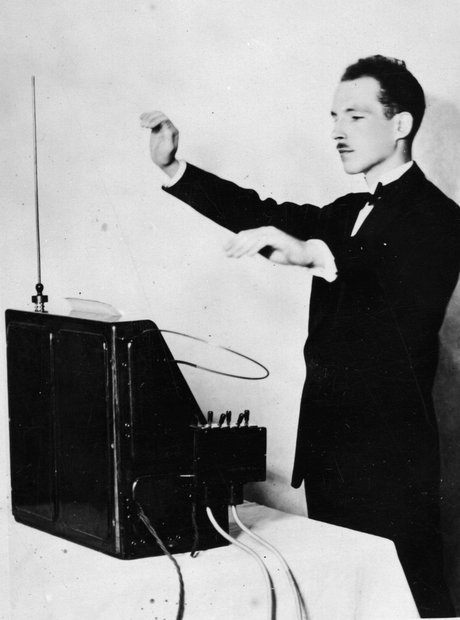
What’s a Theremin?
Have you ever heard of a Theremin? If you ever heard Good Vibrations by The Beach Boys or have watched sci-fi films from the 1950’s, you’ve certainly heard one (technically the Beach Boys used an Electro Theremin). The Theremin is considered the first electronic instrument and it as a fascinating history. Invented by Russian physicist Leon Theremin in 1919, the instrument is played without being touched by the performer. It is the only musical instrument that you don’t touch to make a sound - it has just two metal antennas which can sense the position of the player’s hands and control the pitch with one hand, and volume with the other.

Teaching Counting with Musition
Like I mentioned with Auralia and teaching intonation a few posts ago, sometimes just ONE exercise or function is reason enough to purchase a software title for use with your students. I would argue that the Rhythm Counting exercises in Musition are reason enough to integrate MusitionFirst into your instruction with any performance ensemble.

Tool: Edpuzzle
If you know about Edpuzzle then you know how powerful of a tool it is. If you don’t, you need to integrate this incredible FREE tool into your teaching if you use video as a part of your instruction.
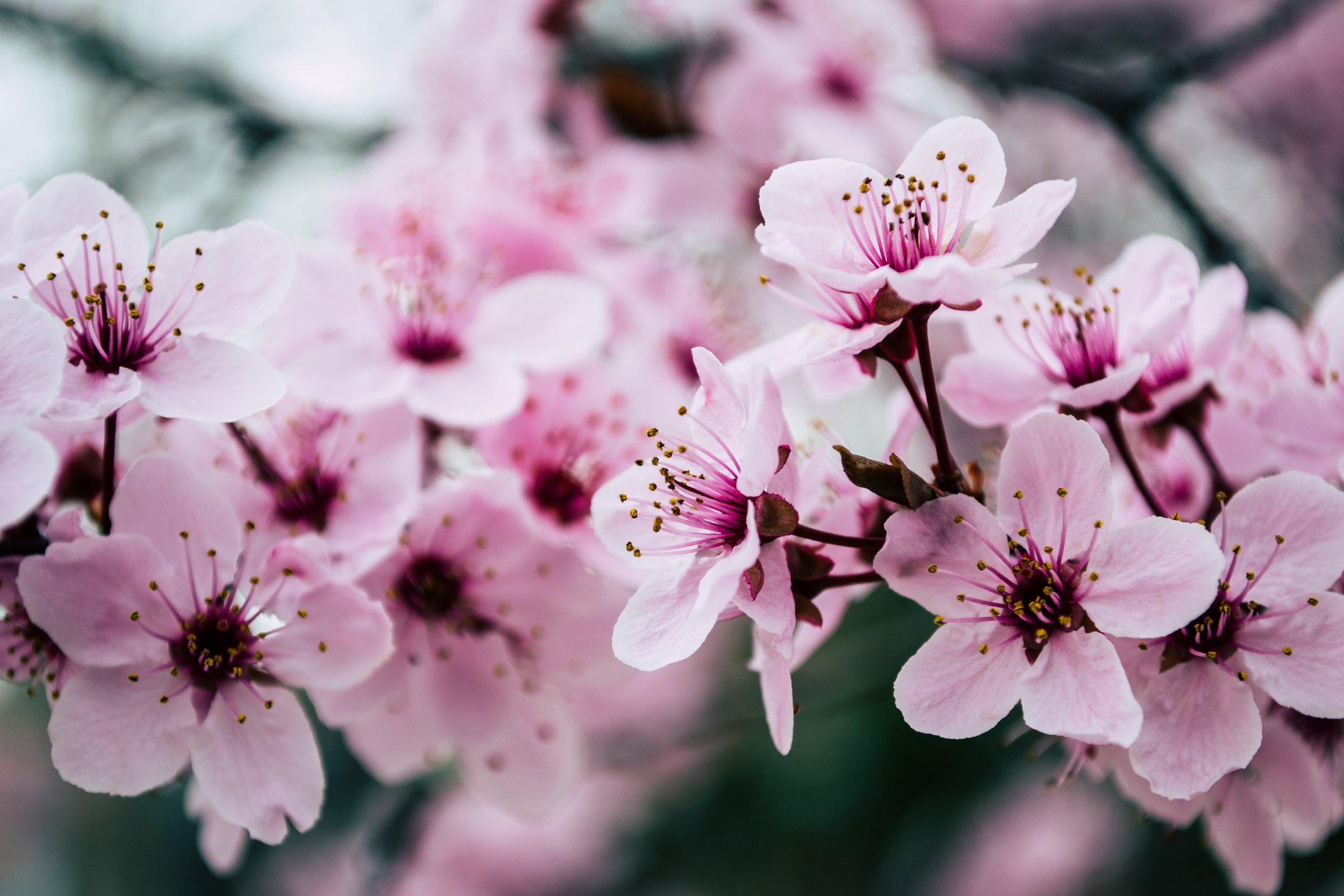
Lesson Plan: Sakura
It’s April - that means that it’s time for the Cherry Blossoms to bloom. Here is a lesson plan that I wrote back when I was teaching that introduces students to the Japanese folksong, Sakura. The students are asked to learn more about the history of the song, listen to a recording, then post a reflection/response. Afterwards, students will use a notation program to compose a rhythmic accompaniment to the melody of Sakura. Hope this lesson plan is useful!